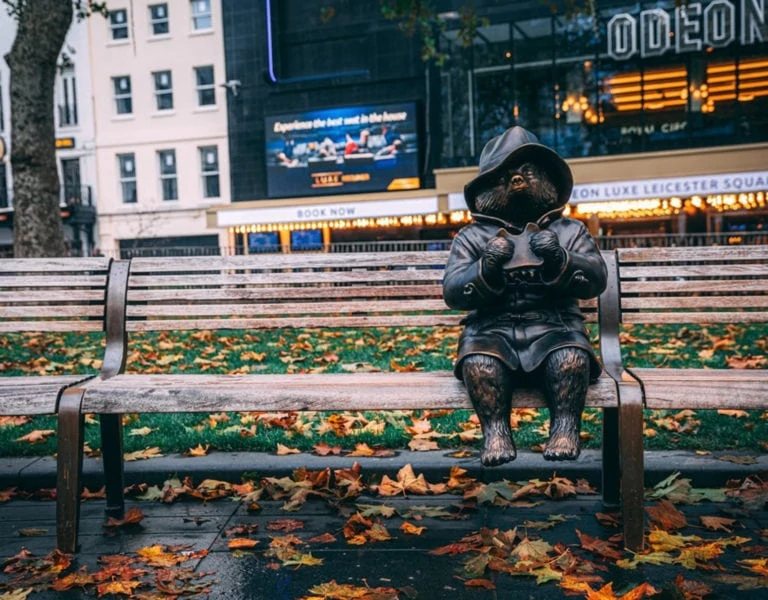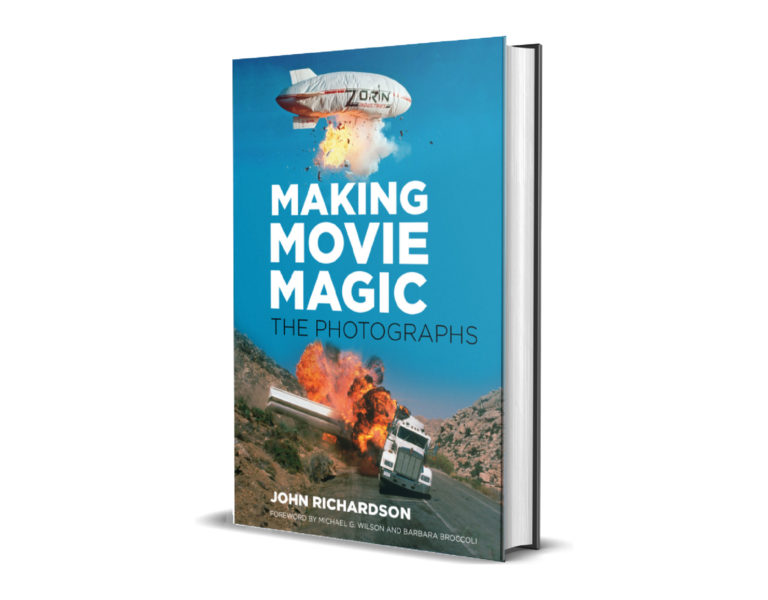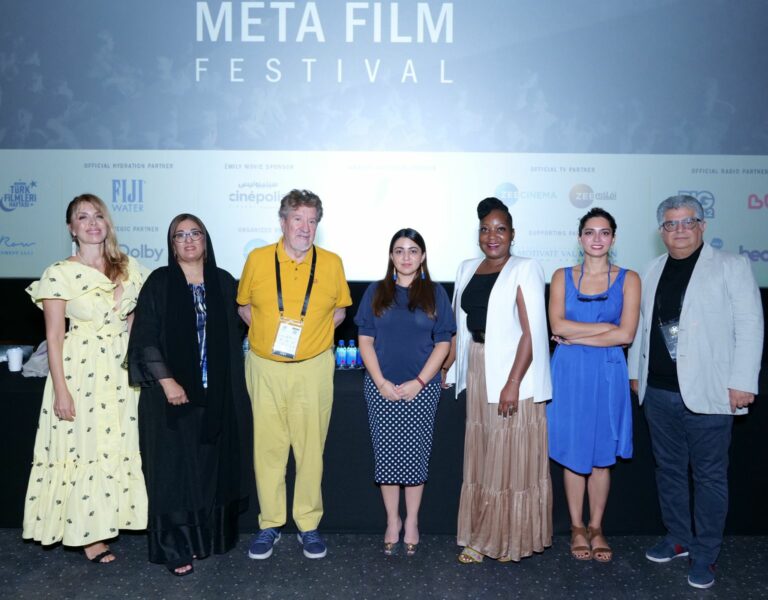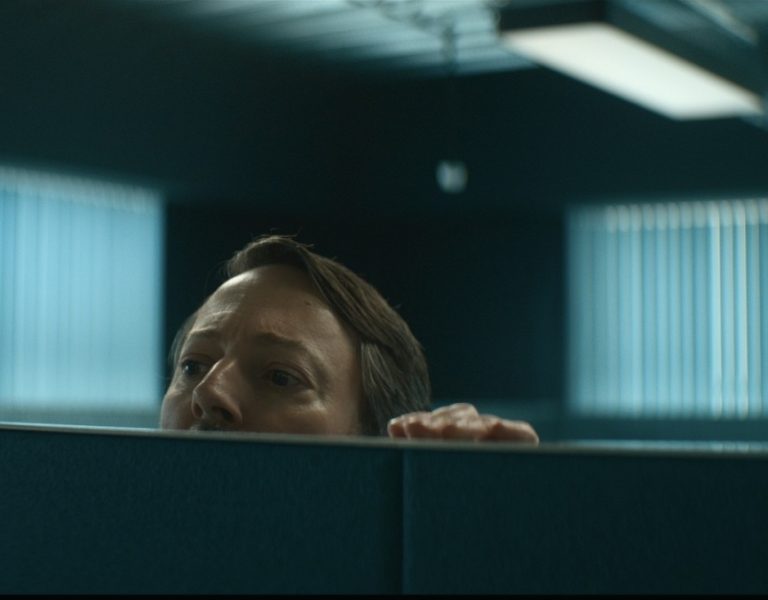Delighted to be back on a film set, Steven Poster ASC shares his “method of madness” behind crafting the visuals for Scared to Death.
I just became a grandfather, and I just shot a movie. The first part is monumental, and she is adorable. But the second part is pretty exciting, since I haven’t had the opportunity to make a movie in a few years. And I’ve wanted to work with new tools and technologies, some of which I helped develop along my journey as president of the International Cinematographers Guild.
The movie was called Scared to Death. Yes, a small, very low-budget independent horror/comedy movie directed by Paul Boyd, a 30-year veteran of music videos, commercials, and features.
I was able to get a fantastic (small) crew, headlined by gaffer Jim Plannette. Jim and I had worked together for a number of years on some of my most important movies. I was so pleased to be reunited with him.
The story centres around a company about to shoot their own horror movie about a séance gone awry. The director’s assistant convinces her that the company should do a ‘real’ séance before they get started with their movie. And that’s where things go wrong. The premise being that the house had been an institution for poor orphans with an abusive headmaster. So, of course there were ghosts in the house.
Our location was a house built in 1882 in a town east of Los Angeles called Altadena. It was a great stage for us. There were all the settings we needed to tell the story. There were two floors and a basement and attic. We shot them all. But because of narrow staircases and bumpy floors, we decided to not have a dolly on set. The production was small enough that we couldn’t afford a Steadicam operator, but I was able to have a Ronin with us for the whole show. I had never worked with a Ronin. I told our operator it was his opportunity to teach me all the Ronin could do. It is a great tool. But like anything else, it does not replace a dolly or a Steadicam. But the Ronin can do things neither of those tools can. For instance, having the Ronin as a remote head came in so handy that there were several shots in the show I couldn’t have done any other way.
Now for the fun stuff: I photographed the whole show at 3200 ISO! I have a lot of experience seeing at 3200. For years I only used 3200 T-MAX Kodak black-and-white film in my Leica. I’ve always embraced higher sensitivity emulsions. On Donnie Darko I used Kodak’s 5289 800 ISO stock. That may have been the only movie photographed entirely with that emulsion. And I have had experience with the Canon EOS cameras. Canon does something different to other manufacturers when you increase the exposure index. Canon applies more voltage to the chip which keeps the black level very consistent all the way up. They also fire their photosites randomly, so if there is any noise it looks like film grain. That gave me the luxury of using very little light, which we really took advantage of.
Aside from a few rigged areas, we mostly used battery power for our lights. So many manufacturers are making these available now, it became a great set of tools that we could control through DMX and a simple iPad lighting board. The rigging we did in the large séance room consisted of four LiteMat 2s and two LiteMat 4s from LiteGear. And in the upstairs hallway we hung Astera Titan tubes and skirted them. We had complete control of the colour temperature and intensity as well as effects. It would only take seconds to change the mood and time of day.
The self-powered lighting we used was a combination of Astera Titans, Quasar Tubes, Gemini 1×1, Rotolights, and LiteMats. Two additional surprises for me were Aputure MC-12s which we could just tape to the wall or attach magnetically and quickly control through the iOS app. The real sleeper, which I probably used on 90% of the shots in the movie was an 18” round soft light called the FlapJack by EdgeLight. Whenever we needed a bit more fill out came the FlapJack, mounted or handheld, a quick fix waiting to happen.
The final artistic touch to the ‘look’ was the diffusion I used on the new Canon FlexZooms and the Sumire Primes. The new Tiffen Black Fogs and Night Fogs seemed to be just the right touch that was needed for this spooky and funny movie. They had just the right amount bloom with the practicals and took the edge off while creating a sense of atmosphere which I believe allows the audience to suspend disbelief. They seemed to bring back the magic of the Double Fogs that were so popular in the ‘70s and ‘80s on film.
The final element of my method of madness is that I live grade as we shoot. And I do it in front of everybody in video village, not hiding away in a tent. In the old days we were like grand stage magicians. The film went in, was exposed, taken out and sent to the lab. Nobody knew what was on it except us. The next morning, hey presto, the prestige! Now we are still magicians, but we do close-up magic, right in front of everybody. And they still don’t really know what we do. But they see it and if we do our job well, they are amazed.










